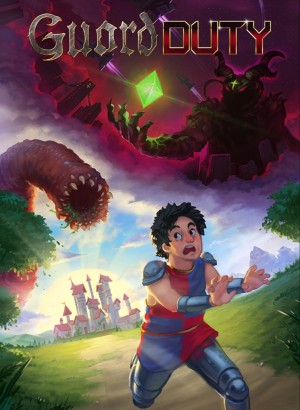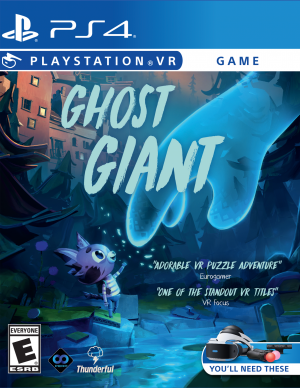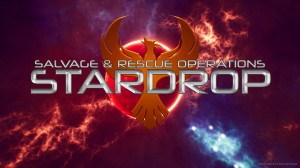Review for Tale of the Fragmented Star
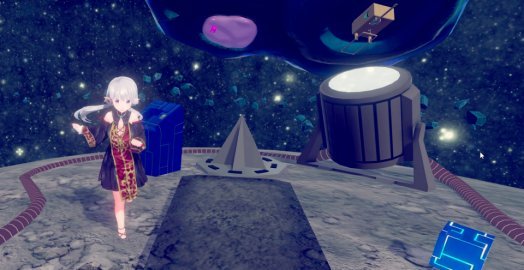
It’s pretty telling that, when thinking of ways to introduce the VR puzzle adventure Tale of the Fragmented Star to the uninitiated, the concept of a train wreck is what overwhelmingly comes to mind. Every aspect of this “game”, to use the term loosely, is head-scratchingly disastrous, and playing it conveys the uncomfortable feeling of being disconnected from the human condition – the experience is that alienating. Like a train wreck, none of us benefit from its existence and if it has to experienced, it’s far better to read about it than to have actually gone through it personally, although unlike a train wreck, there isn’t even any guilty pleasure to be derived from the spectacle of this ill-conceived catastrophe. I’m taking one for the team here. You’re welcome.
The nonsense begins immediately as the game starts up; there isn’t even a menu or title screen to buffer you from ensuing weirdness. A staticky view slowly clears to show a star-filled field of vision: you’re in space, standing on a tiny rock (referred to in the game as the core of a star), floating in the great inky nothingness. Ahead of you is the asteroid’s second inhabitant, a silver-haired young woman with the doe-eyed design of a typical anime waifu.
The game’s foundations are quickly laid bare. The star core split into two pieces that are in a constant orbit around each other, which has somehow caused your companion to lose her intelligence. Neither of you knows the other or how you appeared here, but you have to work together to find some way of combining the two fragments back together, restoring the woman’s intelligence and hopefully enabling her to get both of you back home. Other than that, no information is provided – there’s no backstory, zero explanation of the world or premise behind these events, or any meaningful development or interactions between the two characters.
While your female companion is physically present on the asteroid, it seems you are only able to “see” what’s happening by means of the PlayStation’s VR helmet – essentially a viewscreen portal to another plane of existence. Apart from a little wiggle room, you’re tethered to one spot, only able to turn and sidle a couple of feet in either direction. The game doesn’t require traditional exploration or interaction; in fact, no controller is ever used (apart from starting the software and quitting back to the dashboard once you’re sick of it).
Instead, the VR helmet’s display is the only input device needed in Fragmented Star. Using a feature dubbed “Focus Lock,” the game requires you to aim a dot in the center of your display on any item in the environment you wish to interact with for several seconds; an outline will then trace around the object, instructing your companion to go and interact with it, since she’s the only one able to physically do so. This method of control is at best clumsy and imprecise, forcing you to hold your head perfectly still in order to lock objects into focus, while keeping your head on a swivel other times so as to avoid accidentally resting your gaze on an item and locking it in when you really didn’t want to.
The kindest thing that can be said about it is that this kind of interaction-by-proxy turns the game into an appalling test of patience. The young woman is only ever able to carry out one command at a time, and any further steps locked in via the command scheme while the previous command is still being executed simply do not count and have to be repeated. Worse yet, the simplest of processes require brain-numbing repetition, as your companion will carry out certain intermediate steps between her assigned actions without fail.
Say, for example, you want her to pick up a small cube-like gadget and insert it into a nearby pedestal, replacing the cube already installed there. The first step will require her to walk to the cube lying on the asteroid’s surface to pick it up. Before she does so, she’ll recite one of a handful of looping lines of dialog, needlessly updating you that she’s in the process of doing something. There’s also an inexplicably long loading time happening behind the scenes before any action like this is carried out – astounding, considering the horsepower of the console it’s running on and the lack of anything really visually demanding on the screen. These steps – the dialog and the loading time – occur for EVERY single action you take!
Having picked up the cube, your companion now automatically brings it over to you to inspect. Only then can you order her to approach the pedestal to insert it. But don’t forget there’s already a cube in the pedestal, so after an additional pause, the first cube must be set down again, the second cube removed before also being set down, and then the original cube picked up again to now – finally – insert it into the pedestal. It’s an awful, tedious operation that frequently makes you stop to wonder if there is some satirical meaning behind this painful design.
After all this trouble, you better hope that replacing one cube with the other in the pedestal was the correct solution to move the sequence of events forward. Sadly, an increasingly desperate hope that you’re doing the right thing is really all you’ll ever have, interspersed with the occasional triumph at guessing correctly and the all-too-frequent soul crushing frustration of fumbling blindly in the dark. In other words, the “puzzles” in Fragmented Star are completely bewildering, unintuitive and not signposted in any meaningful way.
There are a handful of devices located on the asteroid, with a few more on the orbiting second fragment, to which you’ll eventually receive teleportation access to. A smattering of items also lie strewn about, ostensibly to be used somehow to operate the devices. It’s easy to work out that a cube belongs in a pedestal’s cubic indentation, but why and for what purpose are questions far harder to answer. This isn’t the kind of game that entices you to figure out the mechanics behind alien devices; nothing here makes much sense. Could you foresee water would run uphill? Would you expect a spotlight to alter the state of matter of certain objects? Does it sound like fun to attempt to operate a winch meant to recombine the two star fragments, but be foiled by a literally invisible obstacle for no discernible reason? That’s exactly what Fragmented Star is for anywhere from 2-5 hours, depending on how (un)lucky you are.
At the very least, I can give the game credit for sporting a presentation that gets the job done, even if the job in question is in service of a mangled, unenjoyable mess. Things manage to look like what they represent: your companion is a humanoid with recognizable movement animations, space is full of other stars, buttons and levers appear as such. It doesn’t take long at all, however, for the realization to set in that the bare minimum you saw when the game began is all you’ll be seeing for the rest of its duration. The same principle applies to the audio: your female ally is fully voiced, and the voice-over can even be toggled with a button press from English to Japanese, though after the first ten minutes of repeated lines there is nothing worthwhile left to listen to. Music is largely absent, with the exception of some occasional background ambiance suited to the surreal interstellar setting.
I wish I could point to one aspect of Tale of the Fragmented Star, just one puzzle sequence that felt satisfying or a moment when things coalesced even briefly to make sense. Sadly, that isn’t the case. Even the ending is as baffling as the rest of the game, offering no explanation or closure, just an uninspired “shock” that fails to offer anything but the hollowest of surprises. The game doesn’t even extend the courtesy of showing a credit roll or… well, actually ending. Instead you’re left simply standing there, staring into silent space with no answers, no resolution, no credits, and no way to escape other than simply shutting down the software.
I thought maybe there was something I’d missed, a twist in the narrative or a second run-through with different results when I turned all the way around and saw, to my slight horror, that an unmoving character model of the young woman had appeared behind me. But it seems this was just a weird bug the designers didn’t bother to remove, as there was no significance behind it, no revelation waiting to be had. Only more of the dull, silent void that the game had already left in my soul.



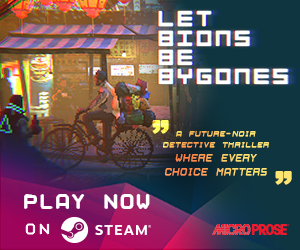
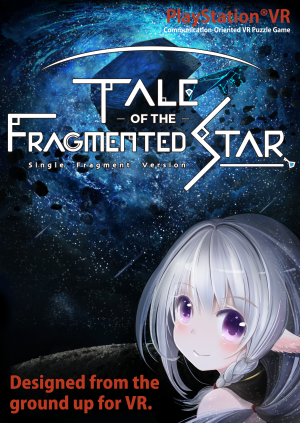
_capsule_fog__medium.png)







